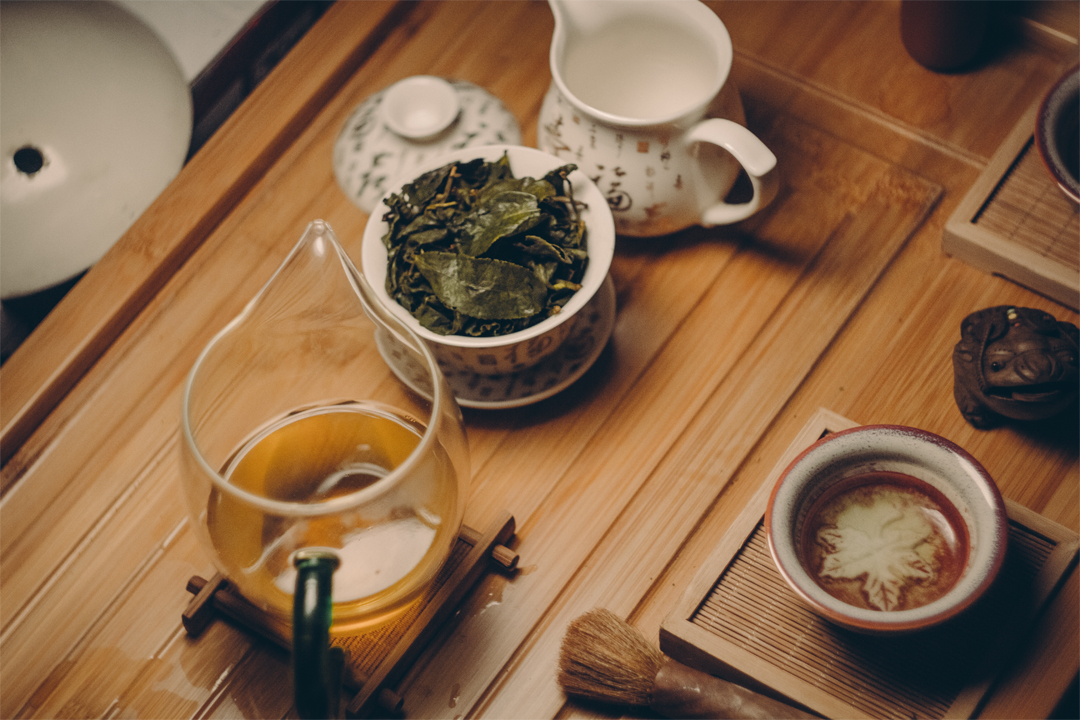
Tea is a timeless beverage steeped in tradition and it’s loved and consumed by billions across the world. While popular varieties like green, black, and herbal teas hold the spotlight, numerous rare and exotic teas remain largely hidden from the masses. Journey with us as we unravel the history, flavors, and health benefits of seven lesser-known teas from around the globe.
If you’re feeling inspired by these exotic teas and want to share the experience with friends, family, or even just as a personal indulgence, consider hosting a tea-tasting event. Exploring various tea party ideas can help you create a memorable and enjoyable experience that combines culture, history, and culinary delights.
Wachuma and Sobacha
Wachuma, also known as San Pedro, is a tea made from a sacred cactus native to the Andes. With its rich history dating back to the pre-Columbian Chavín culture, Wachuma is deeply intertwined with shamanic and spiritual practices. The flavor is earthy and bitter, with a hint of sweetness. As is the case with certain sacred plants, Wachuma is known for its psychoactive and medicinal properties, traditionally consumed to promote healing and spiritual growth.
Sobacha is a unique, caffeine-free tea made from roasted buckwheat seeds, widely consumed in Japan. This earthy, nutty-flavored tea is rich in antioxidants, vitamins, and minerals. Sobacha’s health benefits include improving cardiovascular health, supporting weight loss, and maintaining blood sugar balance. Additionally, the tea’s relaxing aroma makes it a popular choice for unwinding after a long day.
Kayu Manis and Guayusa
Kayu Manis, which translates to ‘cinnamon wood,’ is an Indonesian tea made from dried cinnamon bark and blossoms. This aromatic tea has a sweet, cinnamon-infused flavor and a warm, reddish hue. Kayu Manis is highly regarded for its various health benefits, including aiding digestion, alleviating symptoms of the common cold, and potentially lowering blood sugar levels.
Guayusa, an Amazonian tea, is brewed from the leaves of the Ilex Guayusa tree. Harboring a rich, slightly sweet, and earthy flavor, this tea boasts a higher caffeine content than most traditional teas. In addition to caffeine, Guayusa contains antioxidants and theobromine, a stimulant found in cacao. Indigenous communities in Ecuador have long revered Guayusa for its ability to enhance mental clarity, focus, and alertness.
Tarkhuna and Cascara
Tarkhuna, a Georgian herbal tea, is a delightful blend of tarragon and marigold flowers. This fragrant tea’s floral taste is complemented by hints of licorice and mint. Traditional Georgian medicine uses Tarkhuna to address digestive problems, reduce fever, and serve as a mild sedative during times of stress or anxiety.
Cascara, or coffee cherry tea, is made from the dried skin of coffee cherries and hails from South America. With a fruity, slightly sweet taste reminiscent of cherries and raisins, Cascara is a refreshing departure from the rich, bold flavors of traditional coffee. Though it contains less caffeine than coffee, Cascara is rich in antioxidants, potassium, and other essential nutrients.
Zumbani and Yulmu Cha
Native to Zimbabwe, Zumbani, or Lippia Javanica, is a wild tea with a slightly sweet and citrusy flavor. Known for its antiviral and antimicrobial properties, this aromatic tea is used in African traditional medicine to address respiratory ailments, such as colds and flu, as well as digestive issues and skin infections.
Yulmu Cha is a nutritious Korean tea brewed from the roasted seeds of the Coix lacryma-jobi plant, also known as Job’s Tears. Its mild and slightly sweet taste has been compared to barley or green tea. With high concentrations of fiber and essential amino acids, Yulmu Cha is believed to regulate digestion, support weight loss, and improve skin health.
Pink Tea and Butterfly Pea Flower
Originating from Pakistan, Pink Tea, also known as Kashmiri Chai or Noon Chai, is a unique blend of green tea leaves, milk, salt, and various spices. The tea gets its distinctive pink color from the reaction between the tea leaves and baking soda. Rich and creamy, Pink Tea is valued for its numerous health benefits, which include improved digestion, increased energy, and enhanced heart health.
Butterfly Pea Flower Tea, a mesmerizing blue tea from China, is made from dried butterfly pea flowers. When steeped, the flowers release a vibrant blue hue that can change to purple, depending on the acidity levels. The tea’s mild, earthy flavor has hints of floral undertones. Used in traditional Chinese medicine, Butterfly Pea Flower Tea is believed to boost collagen production, improve eye health, and combat anxiety and depression.
Conclusion
The vast and mystical world of exotic teas awaits discovery, tempting taste buds and conferring numerous health benefits. From the ancient shamanic Wachuma tea of the Andes to the fruity Cascara from South America, these lesser-known botanical brews provide a glimpse into the world’s diverse cultural and historical tapestries, one sip at a time.
Comments
comments